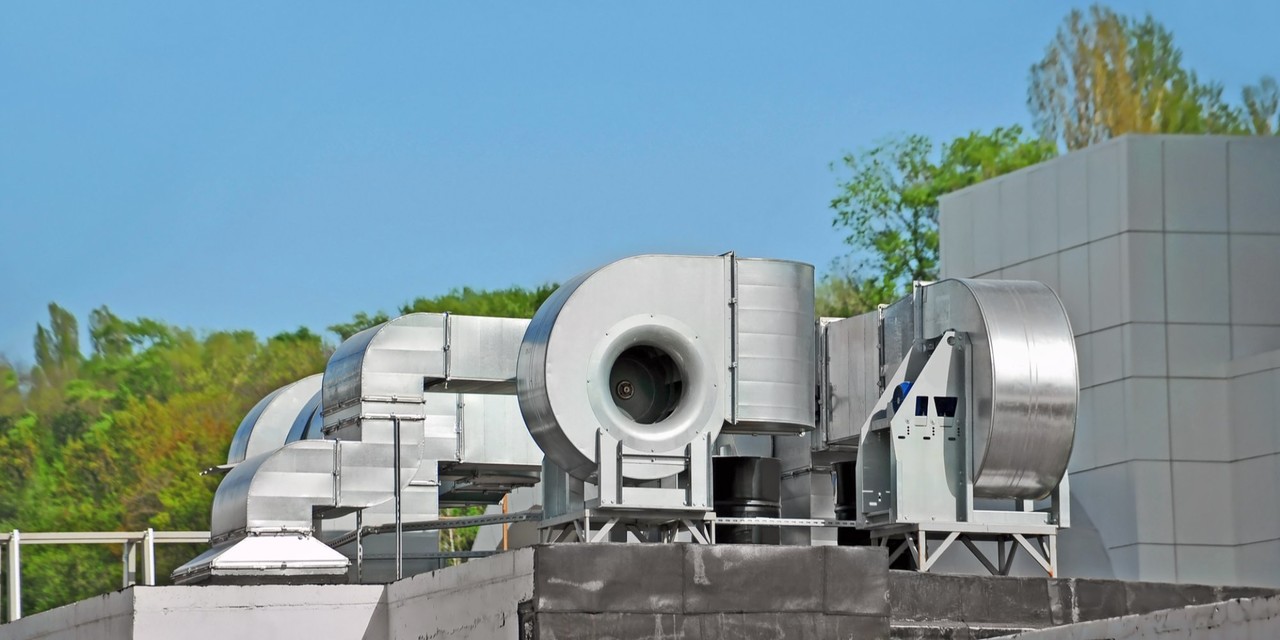Hybrid HVAC Systems
Hybrid HVAC (Heating, Ventilation, and Air Conditioning) systems combine two or more different types of heating and cooling technologies to maximize energy efficiency, provide flexibility, and enhance comfort. These systems typically integrate electric heat pumps with a traditional gas furnace or boiler to offer both heating and cooling options that can switch between energy sources depending on the outdoor temperature and energy costs. Hybrid systems are particularly beneficial in regions with varying climates and are suitable for both residential and commercial buildings.
Key Features and Benefits of Hybrid HVAC Systems
Energy Efficiency
Optimized Energy Use: Hybrid systems use an electric heat pump when the temperature is moderate (cooling or mild heating) and switch to a gas furnace or boiler when it is extremely cold. This optimization reduces energy consumption and costs by leveraging the most efficient heating source for the given conditions.

Reduced Carbon Footprint: By minimizing the reliance on fossil fuels (gas) and maximizing the use of electricity (potentially from renewable sources), hybrid systems contribute to a lower carbon footprint compared to traditional HVAC systems.
Cost Savings
Lower Utility Bills: The ability to switch between gas and electric heating sources allows homeowners and businesses to take advantage of lower energy rates, reducing monthly utility bills.
Long-Term Savings: Although hybrid systems may have a higher upfront cost, they provide significant long-term savings through reduced energy consumption and maintenance costs.
Enhanced Comfort
Consistent Indoor Climate: Hybrid HVAC systems provide consistent heating and cooling by seamlessly switching between heat pump and furnace modes, maintaining a comfortable indoor environment throughout the year.
Quiet Operation: Electric heat pumps operate quietly compared to traditional HVAC systems, ensuring a peaceful indoor environment.
Flexibility and Versatility
Adaptability to Climate: Hybrid systems are highly adaptable to different climate conditions. The system automatically chooses the most efficient and effective mode based on real-time temperature and weather conditions.
Zoning Capabilities: Hybrid HVAC systems can be designed to support zoning, which allows different areas (zones) within a building to be heated or cooled independently, providing personalized comfort.
Environmental Benefits
Reduced Emissions: Hybrid systems reduce greenhouse gas emissions by using less natural gas or oil, which are significant contributors to air pollution and climate change.
Potential for Renewable Energy Integration: Electric components of hybrid HVAC systems can be powered by renewable energy sources such as solar or wind, further reducing their environmental impact.
Components of a Hybrid HVAC System
Heat Pump
Air Source Heat Pump: The most common type, it transfers heat between the indoor and outdoor air. It is efficient for cooling in the summer and heating in mild winter conditions.
Ground Source (Geothermal) Heat Pump: Uses the stable underground temperatures to provide heating and cooling. It is more efficient but has higher upfront installation costs.
Gas Furnace or Boiler
Gas Furnace: Provides reliable heating during extreme cold weather when the heat pump’s efficiency drops. Gas furnaces offer quick and effective heating.
Boiler: In some hybrid systems, especially in colder climates, a boiler is used instead of a gas furnace to provide hot water or steam heating.
Smart Thermostat and Control System
Automated Switching: A smart thermostat can be integrated with the hybrid system to automatically switch between the heat pump and the furnace or boiler based on real-time outdoor temperatures and energy costs.
Remote Monitoring and Control: Many modern hybrid systems come with Wi-Fi-enabled thermostats, allowing users to control the system remotely via a smartphone app.
Ductwork and Indoor Air Handler
Air Handler: The indoor unit that distributes the conditioned air throughout the building. It works with both the heat pump and the furnace.
Ductwork: Hybrid systems can use existing ductwork in a building, reducing installation costs.
Considerations for Choosing a Hybrid HVAC System
Local Climate
Hybrid systems are ideal for regions with varying seasonal temperatures, where both heating and cooling are necessary throughout the year.
Energy Rates
It’s essential to consider the local electricity and gas rates to understand potential cost savings. Hybrid systems are most effective in areas where there is a significant difference between electricity and gas prices.
Upfront and Maintenance Costs
Hybrid systems tend to have higher initial costs due to their dual heating components, but they offer substantial savings over time. It’s also important to factor in maintenance costs for both the heat pump and the furnace.
Space Availability
Ensure adequate space is available for both the outdoor unit (heat pump) and the indoor unit (furnace or boiler) when planning installation.
Compatibility with Existing Systems
When retrofitting an existing building, it is important to check compatibility with the current ductwork, insulation, and electrical systems.


